Turns out that solving our global warming problems will not be as easy as spreading a bunch of iron dust into the ocean and letting nature run wild. So first the idea of Iron Fertilization. Most ecosystems have a limiting factor, a rare nutrient or substance that limits how fast everything can grown. In the desert it is water, in more wet places it is things like nitrogen and phosphorus. In the ocean one of the limiting factors is Iron. The idea was that if we spread iron dust on the ocean surface, hungry little algae would go nuts for this sudden burst of nutrient, in the process they would suck up lots of co2 (plants suck up co2 when the grow) then they would sink to the ocean floor, in the process removing large amounts of co2 from the atmosphere and safely storing it on the ocean floor. Or at least thats what we hoped would have happened.
A Indo-German team of scientists from the National Institute of Oceaonography and the Alfred Wegener Institute has returned from its expedition on research vessel Polarstern. The cooperative project Lohafex has yielded new insights on how ocean ecosystems function. But it has dampened hopes on the potential of the Southern Ocean to sequester significant amounts of carbon dioxide (CO2) and thus mitigate global warming.
On 17 March the scientists reached Punta Arenas, Chile, together with colleagues from five other countries. They carried out an ocean iron fertilization experiment in the south-western Atlantic for an arduous two and a half months in the notorious Roaring Forties (an area known for bad weather and rough seas).
The scientists fertilized a 300 square kilometre patch of ocean inside the core of an eddy (a clockwise rotating water column with an area of about 10,000 square kilometres) with six tonnes of dissolved iron. They followed the effects of the fertilization on the plankton continuously for 39 days. Additionally they investigated ocean chemistry, particularly concentrations of CO2 and other greenhouse gases.
Response of the plankton
As expected, iron addition stimulated growth of the planktonic algae (phytoplankton), which doubled their biomass within the first two weeks by taking up CO2 from the water. “However, the increasing grazing pressure of small crustacean zooplankton (copepods) prevented further growth of the phytoplankton bloom,†explains Dr Wajih Naqvi, co-chief scientist from the National Institute of Oceanography of the Council of Scientific and Industrial Research. Those algal species, which regularly make blooms in coastal regions including the Antarctic, were most heavily grazed. As a result, only a modest amount of carbon sank out of the surface layer by the end of the experiment. Hence, the transfer of CO2 from the atmosphere to the ocean to compensate the deficit caused by the LOHAFEX bloom was minor compared to earlier ocean iron fertilization experiments.
The larger blooms stimulated by earlier experiments were due to a group of algae known as diatoms. These unicellular algae are protected against grazers by shells made of glass (silica) and are known to sink to great depths after blooming. Diatoms could not grow in the Lohafex experiment because previous, natural blooms had already extracted all the silicic acid (the raw material of diatom shells).
Iron sources for natural blooms are melting icebergs or terrestrial input from streams or via dust blown off Patagonia. Hence a major finding was that other algal groups, although stimulated by iron fertilization, are unable to make blooms equivalent to those of diatoms. Since the silicic acid content in the northern half of the Southern Ocean is low, iron fertilization in this vast region will not result in removal of significant amounts of CO2 from the atmosphere.
Predators: Amphipods instead of krill
“To our surprise, the iron-fertilized patch attracted large numbers of zooplankton predators belonging to the crustacean group known as amphipodsâ€, explains Professor Dr Victor Smetacek, co-chief scientist from Alfred Wegener Institute for Polar and Marine Research in the Helmholtz Association. These shrimp like crustaceans are between two and three centimetres long and feed indiscriminately on other zooplankton including copepods. The dominant species Themisto gaudichaudii plays an important role in the food web of the Southern Ocean. It is the main food of squid and fin whales in the south-western Atlantic.
A second fertilization of the patch after 3 weeks had no further effect on the phytoplankton indicating that the ecosystem was already saturated with iron. “The bacterial community both inside and outside the patch was very similar and their cell numbers remained unusually low throughoutâ€, said Dr Bernhard Fuchs of the Max Planck Institute for Marine Microbiology (Bremen). This implies that most of the nutrient recycling (including iron) was carried out by the zooplankton. This is a particularly surprising finding because the microbial food web based on bacteria is believed to be the base of all recycling planktonic ecosystems.
Concentrations of gases other than CO2 produced by the plankton either did not change or increased negligibly in the bloom. Some of these gases such as nitrous oxide and methane are potent greenhouse gases, others such as halogenated hydrocarbons contribute to stratospheric ozone depletion. By the end of the experiment, chlorophyll concentrations were in decline. By now the patch will have merged with its surroundings leaving behind no trace other than a swarm of well-fed amphipods.
Outlook
These preliminary findings will be supported by additional measurements that will be accomplished in the home labs. The data will be refined and interrelationships between the organisms quantified in the coming months. These will be intensely discussed and prepared for joint publication in scientific journals at workshops to be held by the end of the year.
The Lohafex participants are very happy with their results. Also they are crazy tough scientists. “It was a strenuous cruise, full of anxiety and hope as we chased our patch around the collapsing eddy,†says Smetacek. Strong winds were almost the rule, and on two occasions RV Polarstern had to leave the eddy to avoid strong storms that swept the region. On several occasions the expedition participants weathered short storms with wind speeds of over 120 kilometres per hour. “Nevertheless, despite the hard work under difficult circumstances, Lohafex has been an exciting experience laced with the spirit of adventure and haunted by uncertainty quite unlike other scientific cruises,†Naqvi and Smetacek summarize the experiences of the Indo-German cooperation. Spicy Indian curries were prepared at each meal by a Goan cook specially engaged for this cruise and contributed to the good atmosphere. The experiment thus provides an excellent example of international collaboration in interdisciplinary ocean sciences. “The officers and crew of Polarstern did a fantastic job in providing technical support under testing conditions without which the expedition could not have achieved its objectives,†the chief scientists added.
More hard data about the study here. (for you science dweebs like myself)
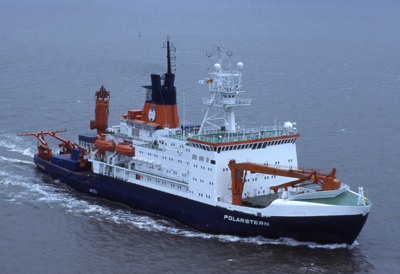
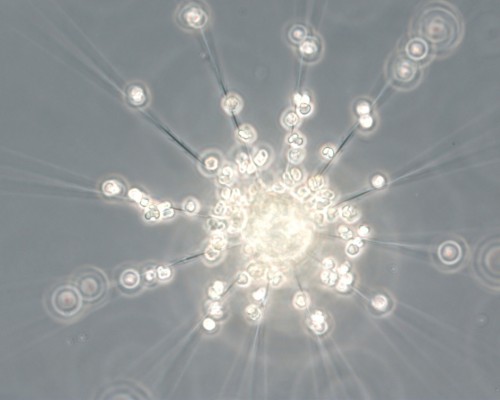
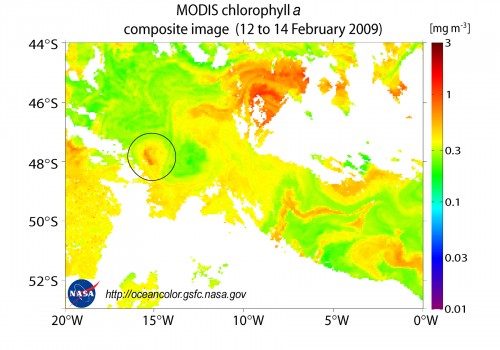
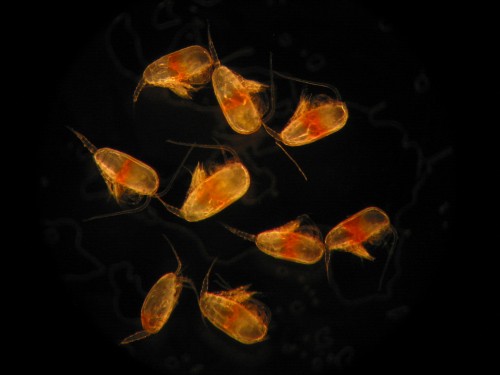
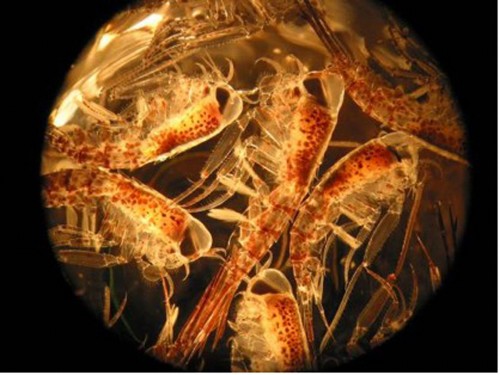
sprinkle/ spray iron ( dust/salts) on larsen ice shelf
shelf disintigrates: floes carry iron over wide area of southern ocean, releasing Fe slowly as they melt